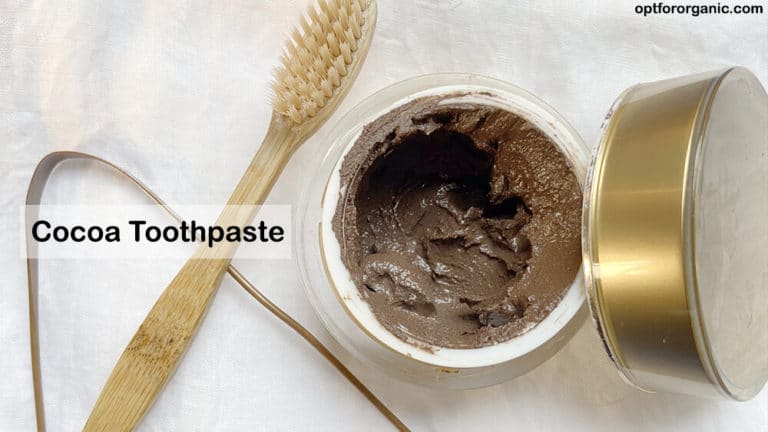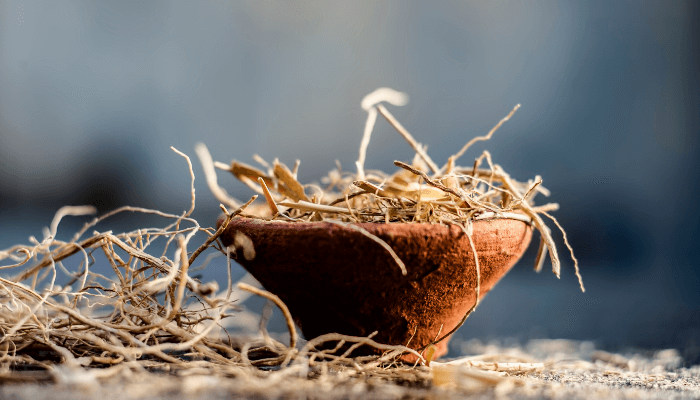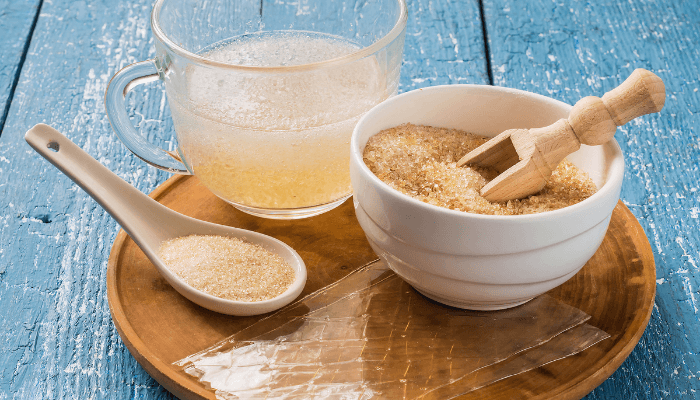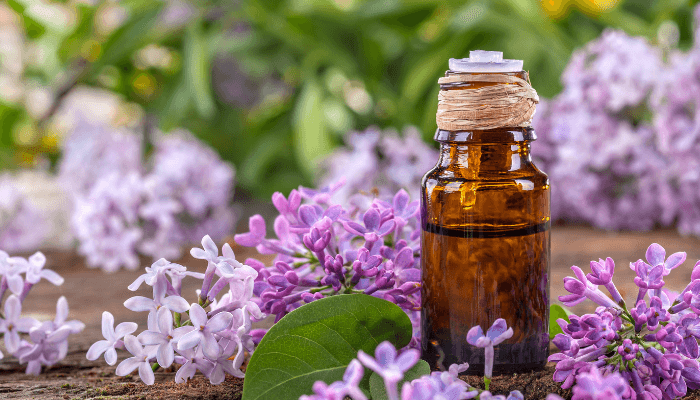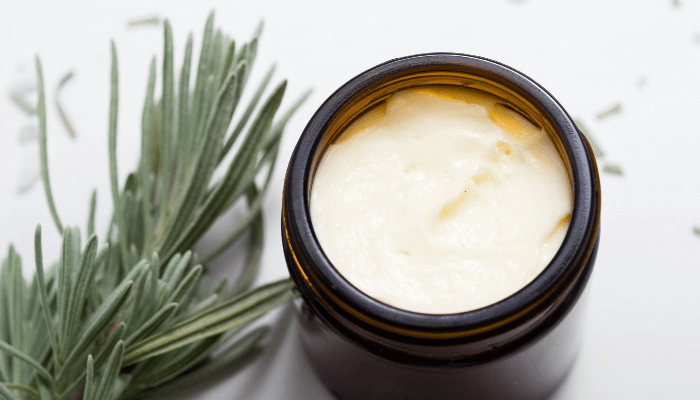Crepe Ginger: Everything You Want to Know
Crepe ginger is one of the most sought after plants in medicine. Although a popular term in medicine, generally, not many people are aware of the healing properties crepe ginger carries.
It would be an immense loss not to be informed about numerous therapeutic utilisations and a shame not to make the most of crepe ginger’s healing properties. So let’s get acquainted with every important detail about crepe ginger that one needs to know, starting with the basics.
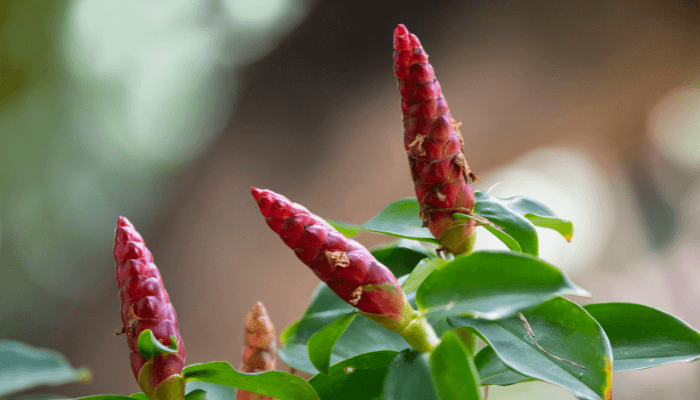
Scientific Classification
Scientifically termed as Cheilocostus speciosus, crepe ginger is a flowering plant belonging to the Costaceae family. However, botanists have developed a scientific synonym for crepe ginger named Hellenia speciosa.
For further knowledge, here are all the scientific categorisations of crepe ginger
- Kingdom: Plantae
- Clade: Tracheophytes
- Clade: Angiosperms
- Clade: Monocots
- Clade: Commelinids
- Order: Zingiberales
- Family: Costaceae
- Genus: Cheilocostus
- Species: C. speciosus
Binomial Name: Cheilocostus speciosus (J.Konig)
Synonyms: Costus speciosus (J.Koenig) Sm, Banksea speciosa (J.Koenig) in A.J. Retzius, Hellenia speciosa (J. Koenig) S.R. Dutta to name a few.
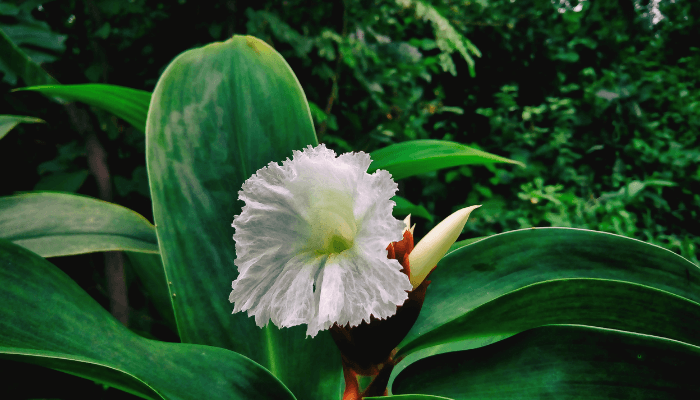
Popular Names
- Spiral Ginger
- Cane Reed
- Crepe/ Crape Ginger
- Malay Ginger
- Spiral Flag
- Wild Ginger
- Variegated Ginger
- Costus
Considering its never-ending hype in Ayurvedic treatments, it is only fair to incorporate the Sanskrit and popular Indian terms for Crepe ginger which are:
In Sanskrit: Kevuka, Kevukam
In Hindi: Kembu, Peyun
In Kannada: Chengulava
In Tamil: Ven kottam, Vasabu
In Telugu: Kevu Kanda
In Bengali: Keu Ful, Keu Kondo
In Assamese: Jom Lakhuti
Mentioned above are just a few of the multiple terms used to address Crepe Ginger. In addition, it differs from country to country, state to state and at times is often signified by different names within various localities.
Origins and Reproduction
Predominantly found in Asian countries, the crepe ginger is native to the southeast part of Asia. However, it is also found in the neighbouring areas of India, China and Queensland.
The Greater Sunda Islands in Indonesia are especially known for their abundant produce of crepe ginger. Furthermore, it can be found in Mauritius, Fiji, Costa Rica and Belize. Puerto Rico, Reunion, Hawai, Melanesia, Micronesia and the West Indies also witness a heavy growth in crepe ginger. Due to its overgrowth in certain areas, crepe ginger has been termed an invasive species.
A tropical climate is best suitable for the cultivation of crepe ginger. The plant usually flowers during and after the rainy season. The crepe ginger plant species reproduces vegetatively by rhizome. Its seeds are further dispersed by birds while feeding on the fruits. However, besides Asia and Southeast Asia, it is mostly cultivated as an ornamental plant despite being filled with health benefits.
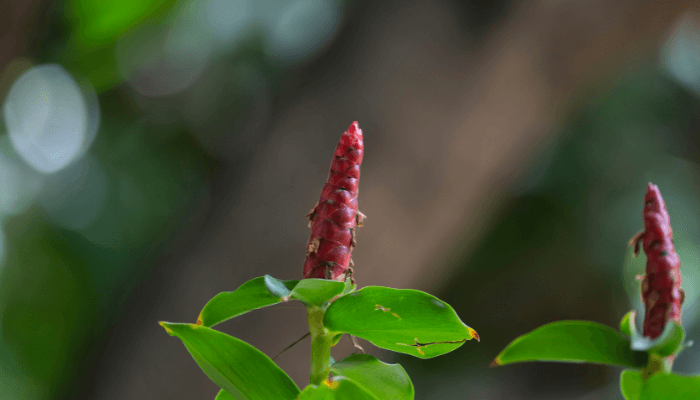
Plant Description
With its height similar to that of a ginger plant, crepe ginger grows to about 6-10 feet which equates to 2-3 metres. The evergreen, visually pleasing and herbaceous plant of crepe ginger, packed with health benefits, is mostly found in moist rainy areas like forest margins, valleys and roadsides.
The crepe ginger stems, which ensue from underground rhizomes, grow upright, have no branches and vary from green to dark red. The leaves are usually about 15-30 cm long, while their width ranges from 4 to 6.4 cm.
The crepe ginger leaves are green in colour and elliptic to oblong or oblong-lanceolate in shape. The leaves have a pointed tip, with the texture above being glabrous and below, silky. The leaves grow in a spiral arrangement, giving the foliage a dense appearance.
The most captivating feature of a crepe ginger plant is, without a doubt, its flowers. Each stem of a crepe ginger plant produces a terminal inflorescence resembling a pine cone in dark or brownish-red. From the ovate bracts bloom large and eye-grabbing, trumpet-shaped and frilly white flowers.
The crepe-like, white flowers, which were the inspiration behind the name of the crepe ginger plant, measures 4 inches in diameter. The fused flower petals form a large petaloid labellum, beautifully highlighting the tiny, petal-like stamen. The crepe flower stamen has a reflexed tip and can be seen at the opening of the floral tube.
Right beneath the flowers are fruit capsules, 1.5 cm across, red in colour, coming in a round or oval shape. As suggested by the name already, the red capsules are filled with black seeds and white flesh, which are favourites among birds.
Lastly, the rhizomes of crepe ginger are slimy in texture and possess an astringent taste. Therefore, it is commonly considered and consumed as a vegetable in many parts of India.
Chemical Composition Of Crepe Ginger
The crepe ginger plant’s rhizomes are packed with Costusosides, Saponins-dioscin, gracillin and beta-sitosterol-beta-D-glucoside.
Medicinal Utilisation Of Crepe Ginger
Now that we have a detailed understanding of its components let’s check out crepe ginger’s medicinal properties and health benefits.
The crepe ginger’s rhizome is beneficial for treating multiple conditions like fever, jaundice, rashes, bronchitis, asthma, liver cirrhosis and intestinal worms. It is further helpful for blood purification and curing indigestion, anorexia, labour pain, dropsy, carbuncles and gonorrhoea.
The sap of the young leaves and setms of crepe ginger can help treat diarrhoea, cough, cold, congestions, ear and eye infections. It can be used externally for treating skin infections and is an antidote for snake bites.
In Malaysia, the juice of the rhizome is used as a purgative. Rhizomes extracts are immensely helpful in lowering blood sugar levels, inflammation, stress too.
It also makes for quite a helpful birthing aid due to its contribution to increasing uterine contractions.
The stem juice of crepe ginger helps deal with fever and dysentery.
The crepe ginger roots have multiple utilisations. From catarrhal fever, cough, dyspepsia, postnatal care, skin diseases, bloating, irregular menstruation, to pulmonary disorders. The roots help cure all of these and more.
Crepe Ginger is also beneficial in treating abdominal distension and pain, chest pain, and gallbladder pain.
It is also quite an effective appetite stimulator and is also helpful for hair growth.
Crepe Ginger also helps cure dog bites, rabies, and other infectious conditions like conjunctivitis, otitis externa and skin diseases.
Ayurvedic Concoctions of Crepe Ginger
For urine production and detoxification – A decoction of 4 leaves and a root of a minimum of 10 cm mixed with 1 litre of water.
For regular menstruation – Again, a decoction of 4 leaves and a root of a minimum of 10 cm mixed with 1 litre of water.
For easing menstrual pain – A decoction of 4 leaves, 4 poppy flowers and a root of a minimum of 10 cm mixed with 1 litre of water.
For curing urinary incontinence – A decoction of 6 leaves and 2 stems, each of 10 cm mixed with 1 litre of water, is to be consumed every day. The dosage for children should be half of the regular dose.
Additional Utilisation of Grepe Ginger
Besides the numerous health advantages, the crepe ginger plant also has some additional utilisations such as:
In the Kama Sutra, it is mentioned that crepe ginger was used as a cosmetic on the eyelashes to boost sexual allure.
Crepe ginger makes for a stunning ornamental plant for homes and gardens.
Points to Remember
Over or raw consumption of rhizomes can lead to toxic reactions like vomiting, giddiness and diarrhoea
Raw rhizomes are poisonous.

